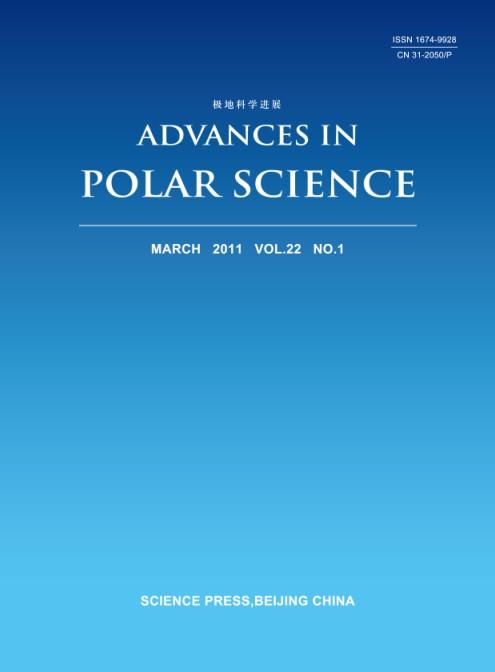As an important part of global climate system, the Polar sea ice is ef fecting on global climate changes through ocean surface radiation balance, mass balance, energy balance as well as the circulating of sea water temperature and salinity. Sea ice research has a centuries-old history. The many correlative sea ice projects were established through the extensive international cooperation d uring the period from the primary research of intensity and the bearing capacity of sea ice to the development of sea/ice/air coupled model. Based on these rese arches, the sea ice variety was combined with the global climate change. All res earch about sea ice includes: the physical properties and processes of sea ice a nd its snow cover, the ecosystem of sea ice regions, sea ice and upper snow albe do,mass balance of sea ice regions,sea ice and climate coupled model. The simu lation suggests that the both of the area and volume of polar sea ice would be r educed in next century.With the developing of the sea ice research,more scient ific issues are mentioned.Such as the interaction between sea ice and the other factors of global climate system, the seasonal and regional distribution of pol ar sea ice thickness, polar sea ice boundary and area variety trends, the growth and melt as well as their influencing factors, the role of the polynya and the sea/air interactions. We should give the best solutions to all of the issues in future sea ice studying.

